Each year, more than 650,000 prisoners in the U.S. are set free. Historically, many employers, worried about lawsuits, workplace crime, and employee relations issues, were by default unwilling to hire people with criminal records. A tight labor market, combined with a wave of “second chance/criminal reentry” and “ban the box” laws popping up around the country, have forced many employers to reassess their prohibitions on hiring ex-criminals.
It is accurate to say that many of those released from prison do re-offend; however, without significant support it is difficult for ex-offenders to change course and not fall back into similar behaviors. Employment is one of those supports; yet, employment may prove difficult for them to find due to their background. Re-entry programs which help ex-prisoners establish new networks and find employment have proven highly successful in reducing recidivism rates; and, with appropriate support, ex-offenders can make excellent employees. It is naturally important to appropriately screen for the position in other ways, and to take into consideration the EEOC’s guidance on criminal records.
In fact, connecting with a prison re-entry program which provides such services may be an appropriate way to recruit ex-offenders if your organization takes the course of being more open to such applicants. Prison re-entry programs provide training and mentorship which can increase the success of a new hire.
Whatever course you decide on for your organization, we strongly advise against complete bans on hiring people with criminal backgrounds or even on certain kinds of convictions. While it might seem easier or more consistent to say “we never hire someone with a felony conviction”, not only might you lose a good potential employee, the EEOC is opposed to any policy that could have a disparate impact people in protected categories.
When faced with a report that shows your applicant has a criminal history, you can take some steps to work through pain.
- Follow the guidelines of the Green Factors:
- Look at the severity of the conviction (don’t consider non-convictions).
- The older the conviction, the less weight it should carry in your determination. Remember there is no hard and fast cut-off for the age of the crime under the federal law.
- Take into consideration how the conviction relates to the job held or sought. Remember the EEOC phrase of “job related and consistent with business necessity” reappears across may areas of enforcement.
- Allow for an Individualized Assessment
- Look for explanation from the applicant to their convictions, consider the circumstances around their conviction.
- Consider their age when they committed the crime. Has time passed without them repeating their earlier mistakes?
- Look for signs that they have reformed. Have they completed programs to help them change? Have they been able to hold a similar job as the one sought?
- Still unclear on what to do?
- Call our Advice Team, or our background checking department, and we will help.
It is very important to remember that you need to remain consistent in how you treat your applicants, and how you apply your decision related to criminal records.
Hiring can be very stressful, and Catapult knows that it is better to get it right the first time. If you have any questions about becoming compliant with the federal laws or have general question regarding CAI’s background checking services please feel free to contact Kevin von der Lippe at (336) 899-1150 or Kevin.vonderlippe@letscatapult.org. We happy to help you validate your candidates!
Written by a Catapult Advisor.

